


Discover the potential of Generative AI and how integrating it with Conversational AI can unlock powerful capabilities to transform and streamline business operations. Generative artificial intelligence (AI) has gained immense attention with the rise of groundbreaking tools like ChatGPT and DALL-E. This technology is reshaping how businesses approach their workflows, enabling them to envision innovative strategies for the future.
By automating tedious and repetitive tasks, Generative AI enhances efficiency while also offering fresh, creative ideas that help businesses strengthen their brand identity. Yet, as revolutionary as it is, Generative AI alone isn’t a universal solution for organizational success. Although it provides advanced capabilities to optimize operations, overreliance on this technology can leave some gaps in critical processes. So, what exactly is Generative AI, and how can it truly benefit your business? Let’s explore the answers.
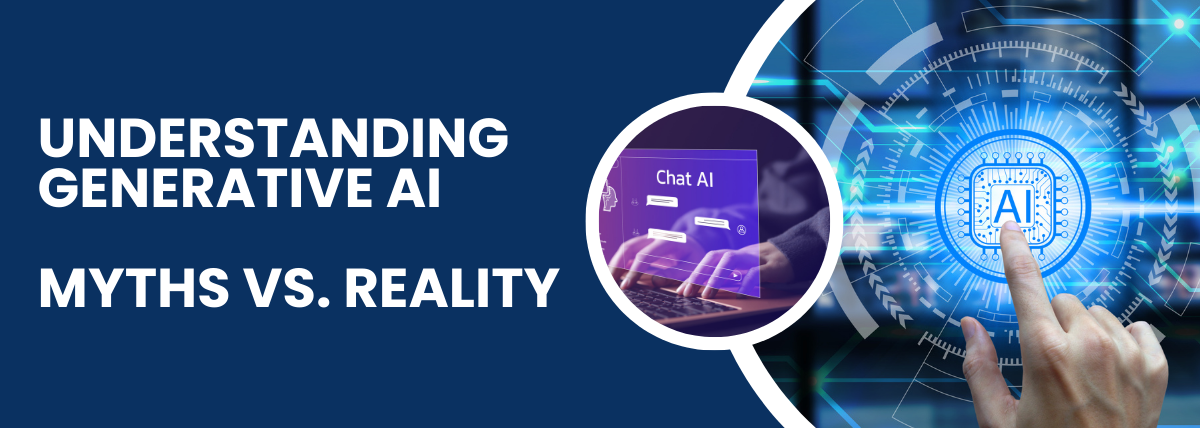
Generative AI might seem like a groundbreaking new technology, especially with the spotlight on its recent advancements. However, its origins date back decades, beginning in the 1960s when Joseph Weizenbaum introduced the first chatbot, ELIZA. Since then, this technology has evolved significantly, gaining widespread attention with rapid advancements at the close of 2022.
Despite its growth, misconceptions about Generative AI persist, leaving many organizations unclear about what it truly represents and how it can impact their operations. Let’s debunk these myths and clarify the reality of Generative AI.
One of the biggest myths surrounding Generative AI is the belief that it operates autonomously and will eventually replace human creativity and skill, rendering workforces obsolete. However, this isn’t the case. According to Goldman Sachs Global Economics Research, 63% of jobs are more likely to be complemented by AI rather than replaced.
While Generative AI can create impressive outputs, its capabilities are limited to the data it has been trained on. It relies on human supervision, intervention, and a significant investment in resources to function effectively.
Rather than replacing human efforts, Generative AI serves as a powerful tool for businesses looking to refine their marketing and sales strategies, ultimately enhancing the customer journey and driving meaningful engagement.
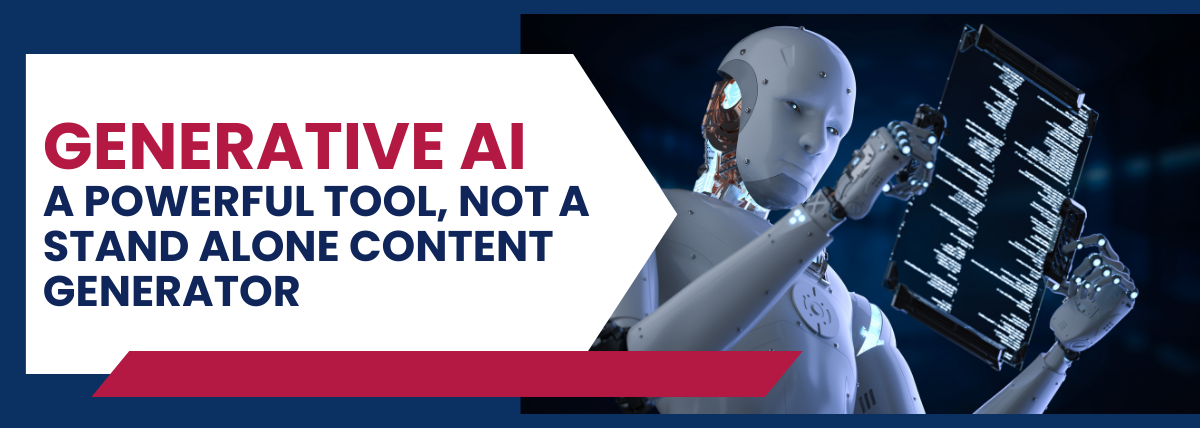
Another common misconception about Generative AI is that it serves as a cost-effective solution for generating business content. While it can produce text, images, and audio within seconds, its use raises concerns about potential copyright issues. As highlighted by Harvard Business Review, generative models rely heavily on their training data, which can result in outputs influenced by copyrighted material—posing compliance challenges for businesses.
Generative AI should not be seen as a replacement for job roles or a one-size-fits-all content solution. Instead, it functions as a supportive tool that aligns with business goals, driving customer satisfaction and enhancing engagement when used responsibly.

Generative AI is designed to create new content based on user prompts by leveraging vast amounts of existing data. Its diverse capabilities include:
Powered by underlying technologies like large language models and natural language processing (NLP), Generative AI has achieved advancements that seemed unimaginable just five years ago. Its foundation lies in a deep mastery of human language and a structured understanding of the world, enabling it to produce intelligent responses without requiring additional training.
Moreover, its predictive modeling capabilities extend to logical reasoning, allowing it to draw advanced conclusions far beyond standard chatbot functions. When integrated into business workflows, Generative AI enhances customer experiences by engaging in meaningful conversations and delivering exceptional service.
Challenges Addressed by Generative AI
Generative AI empowers marketers and content creators with rapid, realistic image generation tailored to their brand needs. By experimenting with fresh ideas, businesses can revitalize their creative strategies and find innovative ways to engage their audiences.
Long wait times can frustrate customers and negatively impact satisfaction rates. By integrating Generative AI with Conversational AI, businesses can enable instant, automated conversations that address customer needs efficiently. These systems can produce text and audio responses, making them ideal for AI-powered chatbots and Conversational IVR systems in modern contact centers.
Generative AI enhances cybersecurity by detecting anomalies and preventing threats within business systems. Its ability to learn from employee behavior helps mitigate common vulnerabilities, including human error and malpractice, safeguarding organizational data and infrastructure.
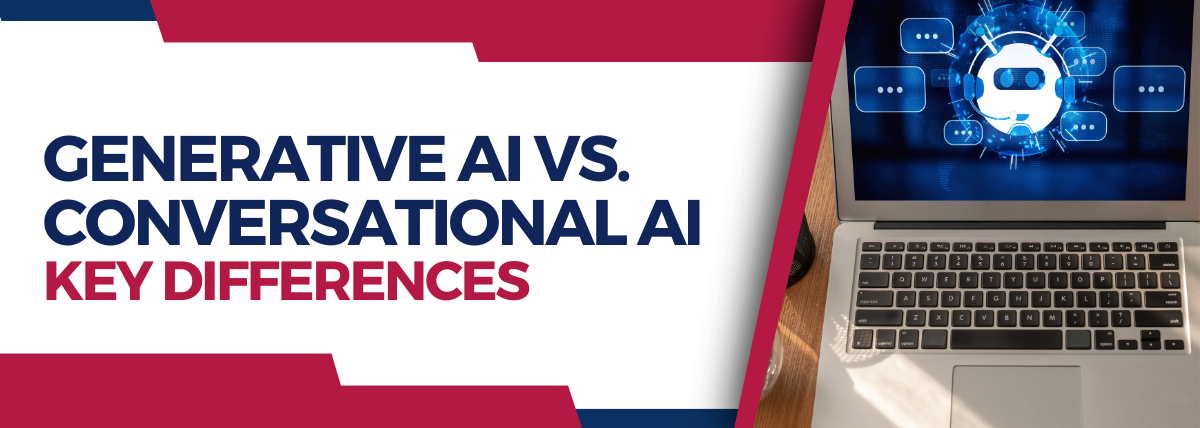
Generative AI leverages input data and machine learning algorithms to produce new content, such as text, images, or audio. On the other hand, Conversational AI specializes in contact center automation, enabling intelligent, focused conversations with users.
Both types of AI have unique strengths and limitations, particularly when applied in business settings. Understanding their capabilities and drawbacks is crucial for leveraging the right solution to meet specific organizational goals.
Strengths and Weaknesses of Generative AI
Strengths
Weaknesses
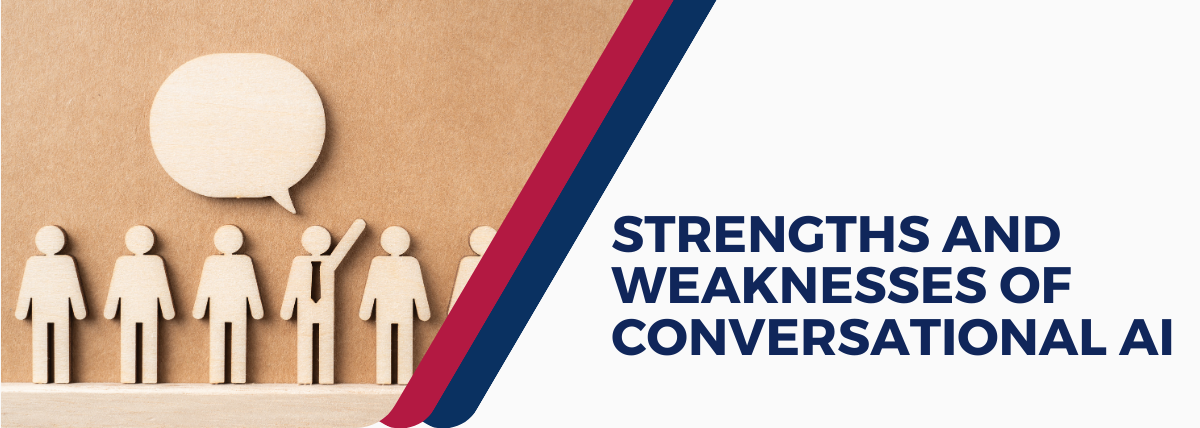
Strengths
Weaknesses
Perfect Partnership
Combining Conversational AI with Generative AI creates a balanced solution where the strengths of one compensate for the weaknesses of the other. Together, they offer a robust tool for businesses seeking to enhance their contact centers and improve customer satisfaction.
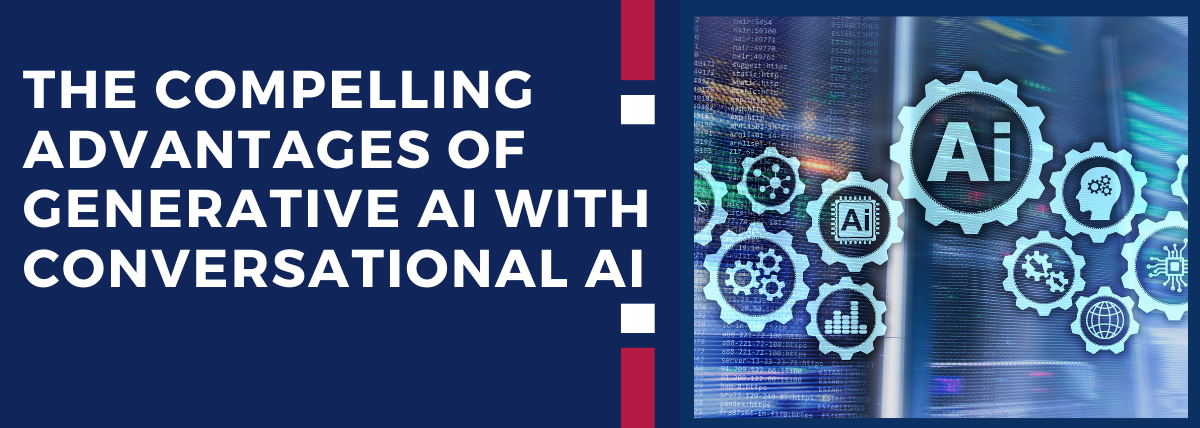
Integrating Conversational AI with Generative AI offers businesses a powerful way to enhance customer service and streamline operations. Here’s how these AI-driven solutions can significantly benefit your business:
Combining Generative and Conversational AI results in a highly personalized and intuitive customer experience. These AI systems are designed to provide friendly, context-aware interactions, ensuring customers receive thoughtful and high-quality assistance at every touchpoint.
Leveraging AI to automate various aspects of your contact center can drastically reduce costs by cutting down on working hours and training expenses. AI assists operators with context-driven response suggestions, allowing your team to focus on more complex issues, leading to savings and optimized resource allocation.
Both Generative and Conversational AI can manage a high volume of customer interactions simultaneously. This scalability is essential for enterprises, allowing businesses to quickly meet the needs of their customers and reduce wait times, ensuring a seamless experience even during peak hours.
With 24/7 availability, AI-powered customer service ensures that customers can receive support whenever they need it, regardless of time zones or local working hours. This level of constant accessibility eliminates the need for outsourcing and provides customers with immediate assistance, boosting overall satisfaction.
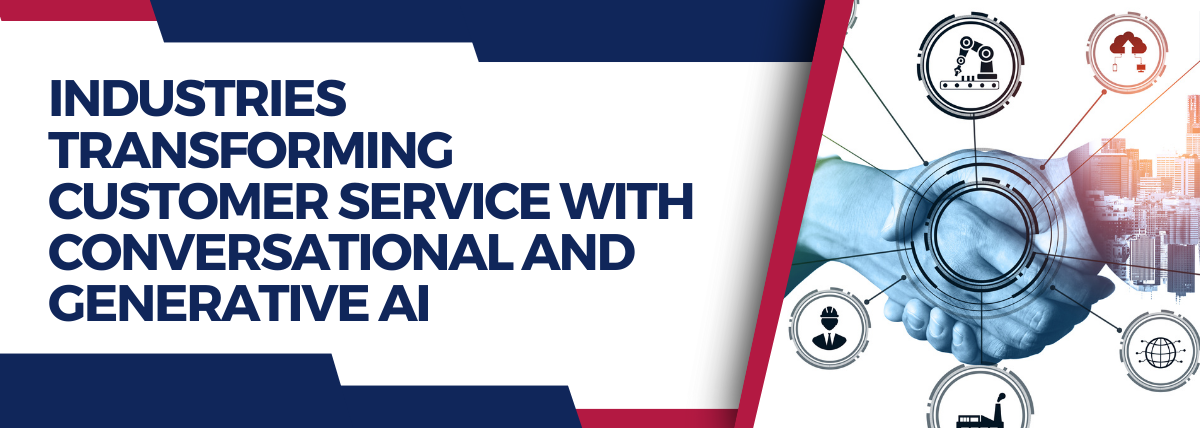
Conversational and Generative AI are reshaping how industries engage with their customers. By automating communication, providing instant support, and enhancing personalized services, businesses can achieve efficiency, cost reduction, and improved customer satisfaction. Below are examples of industries benefiting from these AI technologies:
Finance: Revolutionizing Customer Interactions and Security
The financial sector is leveraging Conversational and Generative AI to streamline operations and improve service delivery. Key benefits include:
By integrating AI, financial institutions can provide seamless customer experiences, secure transactions, and personalized financial guidance.
In healthcare, Conversational and Generative AI play a pivotal role in enhancing patient care, automating administrative tasks, and improving overall efficiency:
This integration reduces workload for healthcare professionals, enhances patient experiences, and helps providers maintain high standards of care.
Travel and Hospitality: Delivering Seamless Customer Experiences
Travel and hospitality businesses are utilizing Conversational and Generative AI to meet the growing demand for instant, personalized service:
By incorporating AI, travel and hospitality businesses can deliver quick, personalized services, improve customer satisfaction, and reduce operational overheads.
Beyond These Industries: AI’s Broad Application for Customer Experience Enhancement
While finance, healthcare, and travel are clear examples, any industry aiming to elevate its customer service operations can benefit from the integration of Conversational and Generative AI. These technologies help businesses automate routine tasks, scale support, and provide personalized experiences across a variety of customer touchpoints.

Alyne is at the forefront of Conversational AI, transforming contact centers to exceed customer expectations and drive operational efficiency. Our advanced Conversational AI platform, integrated with Generative AI capabilities, provides cutting-edge solutions such as Intelligent Self-Service, Virtual Assistance, and Seamless Agent Support.
Alyne empowers businesses to deliver personalized, 24/7 customer service across multiple channels—whether voice, chat, or social media. With our platform’s low-code interface, scaling AI-driven customer experiences has never been easier.
To learn more, connect with us or schedule a demo with Alyne today!


